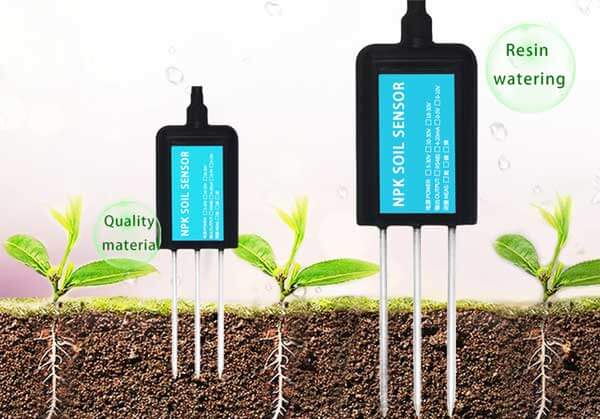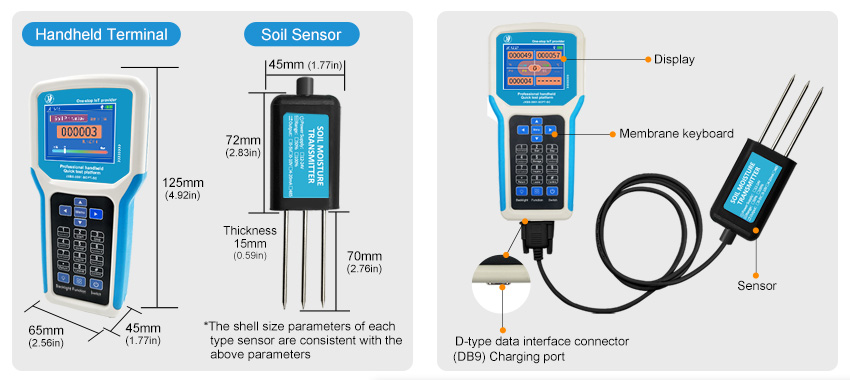Agriculture has come a long way, from traditional farming practices that relied on intuition and experience, to precision agriculture that utilizes technology to optimize crop yield. The latest technological advancements in agriculture include the integration of IoT (Internet of Things) soil sensors for smart farming. In this article, we will explore how IoT soil sensors work, their benefits, and how they will shape the future of agriculture.

IoT Soil Sensors: How They Work
IoT soil sensors are small, low-power devices that collect and transmit data from the soil to the cloud, enabling farmers to monitor the condition of their crops and make data-driven decisions. The sensors are designed to measure a range of variables, including soil moisture, temperature, pH, nutrients, and more. The data collected by the sensors is then transmitted wirelessly to a data management system, where it is analyzed and displayed in an easy-to-understand format.
The Benefits of IoT Soil Sensors
IoT soil sensors offer numerous benefits to farmers, including:
Enhanced Crop Management:
With highly accurate and real-time data on soil conditions, farmers can make informed decisions about planting, irrigation, fertilization, and pest control. They can monitor the progress of their crops in real-time and make adjustments as needed to optimize yield and quality.
Improved Efficiency:
By using IoT soil sensors, farmers can save time and reduce costs associated with traditional soil monitoring techniques. The sensors give farmers the ability to remotely monitor and manage crop conditions, eliminating the need for labor-intensive manual monitoring.
Precision Agriculture:
IoT soil sensors enable farmers to practice precision agriculture, a farming technique that utilizes data and technology to optimize the use of resources such as water, fertilizers, and pesticides. This leads to reduced waste and a more sustainable farming practice.
Increased Yield: By utilizing IoT soil sensors, farmers can detect and address issues in the soil before they become a problem, leading to increased crop yield and profitability.
The Future of Agriculture
The integration of IoT soil sensors is just one part of the evolution of agriculture towards a more technology-driven and data-oriented industry. As technology advances, agriculture will become more precise, efficient, and sustainable. Some of the future advancements in agriculture include:
Robotics: The use of robotic equipment, such as drones and autonomous tractors, will become more prevalent in agriculture. These tools will enable farmers to monitor and manage crops more efficiently, with greater precision and reduced labor costs.
Artificial Intelligence:
The integration of AI technology will enable farmers to make better decisions based on highly accurate data. AI can be used to predict weather patterns, detect pests and diseases, and monitor crop growth, enabling farmers to take preemptive action before issues arise.
Big Data:
The collection and analysis of big data will become even more important in agriculture. With advanced algorithms and machine learning techniques, farmers can gain deeper insight into soil conditions, crop growth, and more, leading to more informed decision-making.

Conclusion
The integration of IoT soil sensors is a significant milestone in the evolution of agriculture. Farmers who adopt this technology will be better equipped to monitor and manage their crops with greater precision and efficiency. This will lead to increased crop yield, reduced waste, and a more sustainable farming practice. As agriculture continues to move towards a more technology-driven and data-oriented industry, we can expect to see even more technological advancements that will revolutionize the way we grow and produce food.
